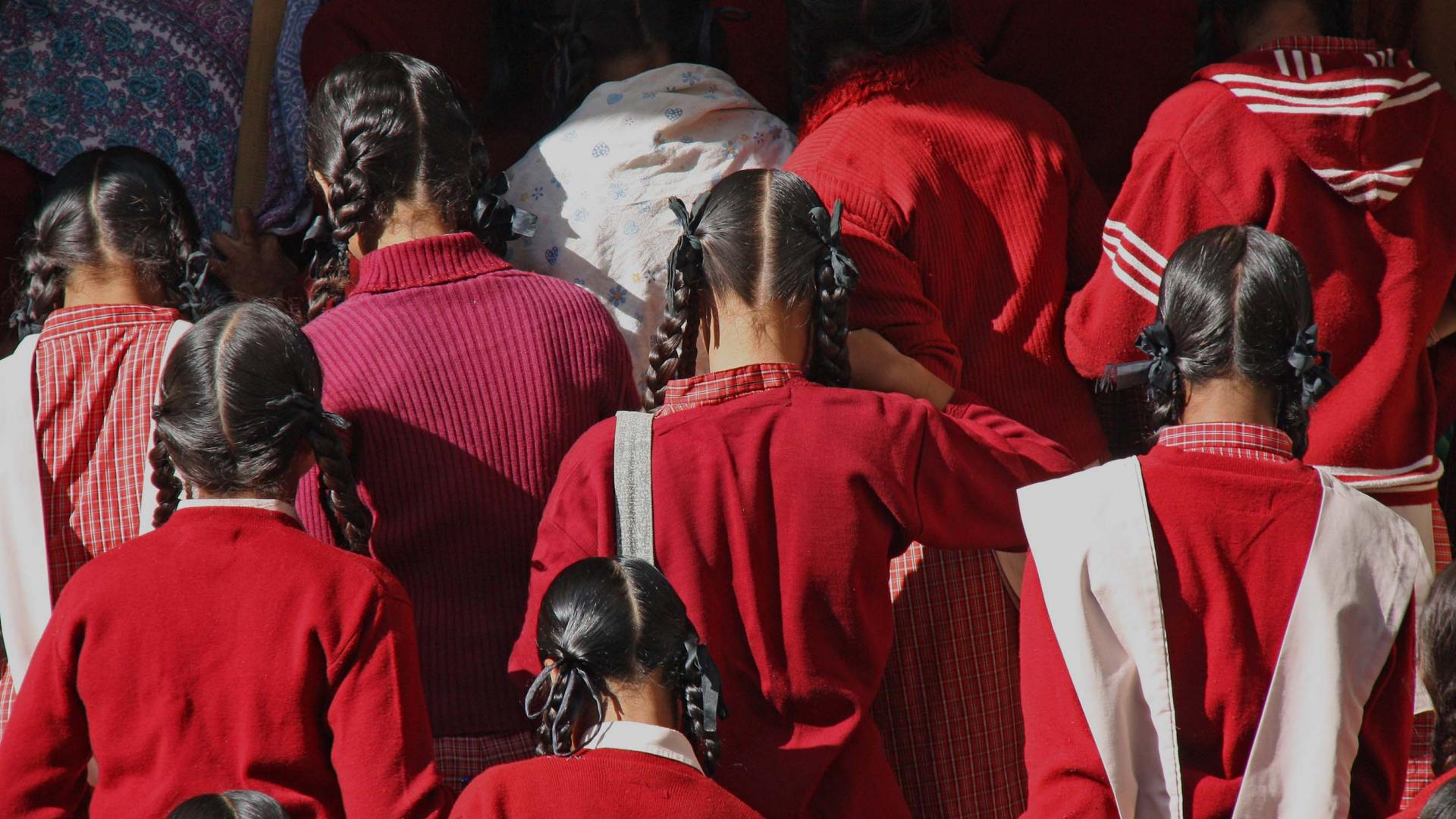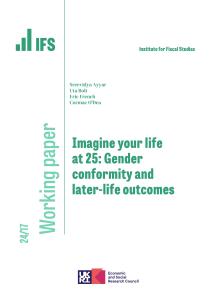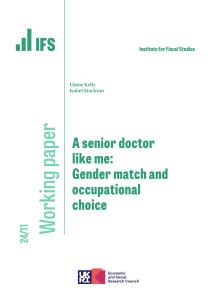This article was first published in VoxDev and is reproduced here with kind permission.
Changing the attitudes and behaviours of those enforcing restrictive societal norms is critical for achieving meaningful improvements in women’s wellbeing.
Notable gender gaps persist in some of the most fundamental aspects of human welfare, including health, education, the division of paid and unpaid work, consumption, and agency in decision-making. Many of these gaps are especially large in resource-poor contexts, and can be exacerbated by poverty (Jayachandran 2015). However, it is becoming increasingly clear that economic development alone is not enough to close these gender gaps (Duflo 2012). India is an apt example since there has been little progress on many dimensions of gender equality, and even a marked deterioration in some such as labour force participation, despite rapid economic growth. In light of this evidence, more and more attention is being paid to the role of ‘norms’ in sustaining gender-unequal outcomes (Jayachandran 2021).
If economic development alone is not enough, then a key task becomes identifying whether there are approaches through which girls and women can thrive in spite of these norms, or if a broader challenging of these norms is necessary to create meaningful change. In our recent work, we leverage a randomised field experiment to compare two approaches to designing interventions aimed at improving the well-being of girls living in such circumstances (Andrew et al. 2022). The first approach encouraged girls to question prevailing gender norms and act to improve their life outcomes in spite of these. The second approach additionally targeted prevailing norm structures by helping girls engage with the wider community, especially with community leaders who have the greatest influence in setting and enforcing gender norms. We find that both approaches resulted in important behavioural changes through a significant and substantial reduction in school dropout and early marriage. However, this only resulted in improved wellbeing for girls in the programme that targeted both the behaviour and attitudes of the girls themselves and the prevailing community gender norms.
Better gender outcomes in conflict with societal norms
We focus on adolescent girls living in rural Rajasthan – a part of India with especially conservative gender norms and some of the highest early marriage and school dropout rates amongst young women in India. In this setting, there are strict rules over most dimensions of girls' lives and they are enforced through clear sanctions – including violence, harassment, shaming and societal disapproval. The restrictiveness of the norms means that many behaviours which are critical to improving girls’ outcomes require actions that are in conflict with existing norms. For example, attending secondary school requires actions such as traveling by bus, walking long distances, and getting home late. Importantly, we find that there are high levels of private agreement with these restrictive norms among the girls themselves. Therefore, even with high aspirations (for which we see evidence in our data), girls may choose not to go to school or pursue other behaviours conducive to better long-run outcomes in order to avoid sanctions from the community, in addition to wanting to adhere to the norms themselves.
The interventions: Changing attitudes and behaviours
We evaluate and compare the effects of two programmes using a three-armed cluster randomised controlled trial across 90 clusters, covering over 5,000 adolescent girls in rural areas of Dholpur district, Rajasthan. Both programmes were designed by ICRW, IFS and Pradan, and implemented by Pradan. We followed two different cohorts of girls who were unmarried at baseline: the younger cohort were aged 12–14 at baseline, while the older cohort were aged 15–17.
The first programme, which we refer to as ‘Girl Groups’, consisted of group education and sports sessions for girls aged 12–19. In these sessions, girls were encouraged to recognise restrictive gender norms, understand their origin and arbitrariness, and to consider other more gender-equitable ideas of what constitutes appropriate behaviour and success for women and girls. The aim of the programme was to influence girls' educational and marriage choices by changing their attitudes to these and altering their perspective on norms in ways that reduced the psychological cost of breaking them. The second programme combined the girl group sessions with ‘Community Campaigns’. These targeted the broader community, with a particular focus on community leaders, through community events organised by the girls who participated in the Girl Groups. The discussions that took place during the events focused on issues affecting young women, advocating for more equitable treatment and thus seeking to relax the external constraints faced by girls, including stringency of norms and sanctions. We were able to assess the effects of these two programmes against a control group.
Exposure to gender-equitable ideas improves education and early marriage outcomes
We found that, alone, the Girl Groups intervention led to a significant increase in the proportion of girls enrolled in and attending school or post-secondary education. This effect was driven predominantly by the older girls for whom gender norms were most in conflict with pursuing education. Among these girls, the increase in educational attendance was 6.1 percentage points which corresponds to a 15% increase in educational attendance relative to the control group. This older group was also most at risk of early marriage during the study period. We find a significant 18% reduction in the likelihood of them being married, engaged or of their marriage being fixed at the time of follow-up, relative to the control group (an effect size of -5.3 percentage points) (Figure 1a). We also find that this reduction in marriage rates is correlated with staying in education longer. Our analysis suggests that despite strong external gender norms, the Girl Groups were likely effective at keeping older girls in education, and thus also delaying marriage, because they increased girls' day-to-day enthusiasm for school and/or their perception of the later rewards for pursuing education.
Community engagement in gender-equitable outlook is important for well-being
The addition of Community Campaigns did not change the effects on education and marriage behaviour. In both the Girl Groups and the Girl Groups and Community Campaigns programmes, we see the same pattern of impacts on these outcomes, and we cannot reject the hypothesis that the size of these programmes on each outcome is the same in the two arms of the trial. Strikingly however, despite the significant improvements in education and marriage outcomes in both arms, we only see an improvement in the girls' mental health in the Girl Groups and Community Campaigns arm. We show that the Girl Groups programme alone had no significant impact on the prevalence of depression and anxiety symptoms among the targeted girls. In contrast, we see large improvements in depression and anxiety symptoms among the targeted girls in the Girl Groups and Community Campaigns arm which are significantly different from the null effects in the Girl Groups arm. Impacts are especially large for the older girls; in this group, we see an improvement of 0.38 standard deviations in a combined mental health index relative to the control group (Figure 1b).
Figure 1a. Treatment effects on education and marriage of older cohort (15-17 at baseline)
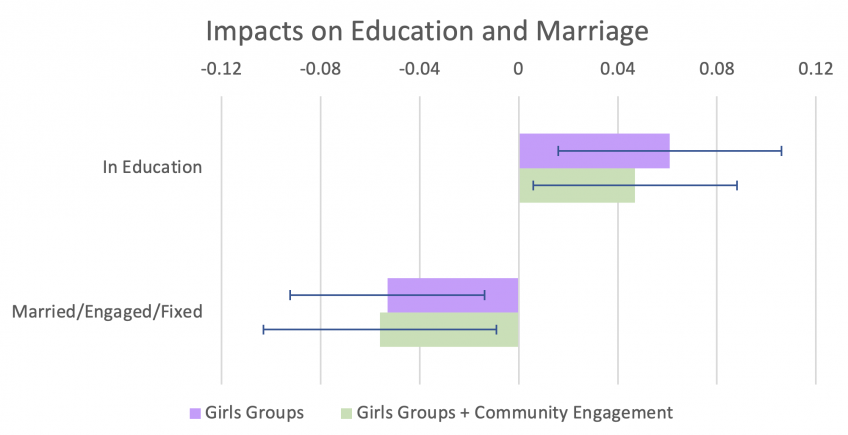
Figure 1b. Treatment effects on mental health of older cohort (15-17 at baseline)
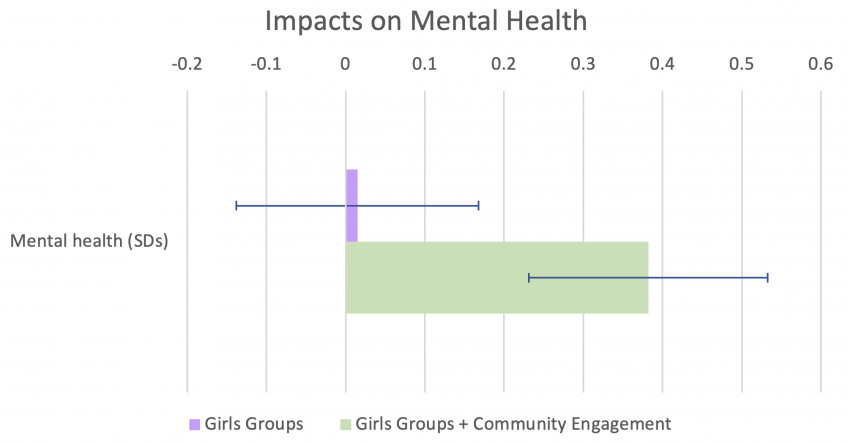
Note: Ranges show 95% confidence intervals.
Community engagement reduces penalisation for departing from restrictive norms
We hypothesise two main ways in which the addition of community engagement to Girl Groups may have led to such significant improvements in girls’ mental health. One is by changing community norms regarding what is considered ‘appropriate behaviour’, and the other is by reducing the sanctions girls faced for deviation from norms. We find direct evidence that both of these mechanisms were at play. The addition of the Community Campaigns led to a significant shift in girls' stated gender norms, rendering them on average, almost 30% of a standard deviation more progressive than those in the Girl Groups only arm. It also resulted in a significant reduction in girls' perceptions of the likelihood that they would face violence and harassment if they broke with traditionally gendered ways of behaving. We find that both more progressive gender norms, and perceptions of a lower risk of violence and harassment, are positively correlated with mental health. Furthermore, we find some evidence to suggest that community engagement activities had a similar impact on the norms and perceived threat of violent sanctions of the girls' mothers, indicating that the changes in girls' norms and perceptions are indicative of wider-ranging shifts in their communities.
Policy implications
Our work adds to evidence that interventions which focus on the motivation, attitudes, and preferences of adolescent girls in conservative settings can have significant impacts on girls' trajectories without providing any additional resources or marketable skills (Bergstrom and Ozler 2021).
However, our findings also caution against focusing exclusively on changing girls’ behaviours and attitudes, highlighting that changes in behaviour do not necessarily lead to improvements in wellbeing. This is especially true in contexts where the behaviours promoted by the interventions may place the girls at a higher risk of backlash for violating community-level norms. Our results suggest that these risks can be mitigated by directly targeting prevailing norms and sanctions through engagements with the wider community in adolescent girl programmes. The different approaches to engaging various actors within the broader community are a therefore a fundamental topic for future research.
References
Andrew, A, S Krutikova, G Smarrelli and H Verma (2022), “Gender norms, violence and adolescent girls’ trajectories: evidence from a field experiment in India”, IFS Working Paper 22/41.
Bergstrom, K and B Ozler (2021), “Improving the Well-Being of Adolescent Girls in Developing Countries”, World Bank Working Paper.
Duflo, E (2012), “Women Empowerment and Economic Development”, Journal of Economic Literature 50(4): 1051-1079.
Jayachandran, S (2015), “The roots of gender inequality in developing countries”, Annual Review of Economics 7(1): 63-88.
Jayachandran, S (2021), “Social Norms as a Barrier to Women's Employment in Developing Countries”, IMF Economic Review 69: 576-595.
